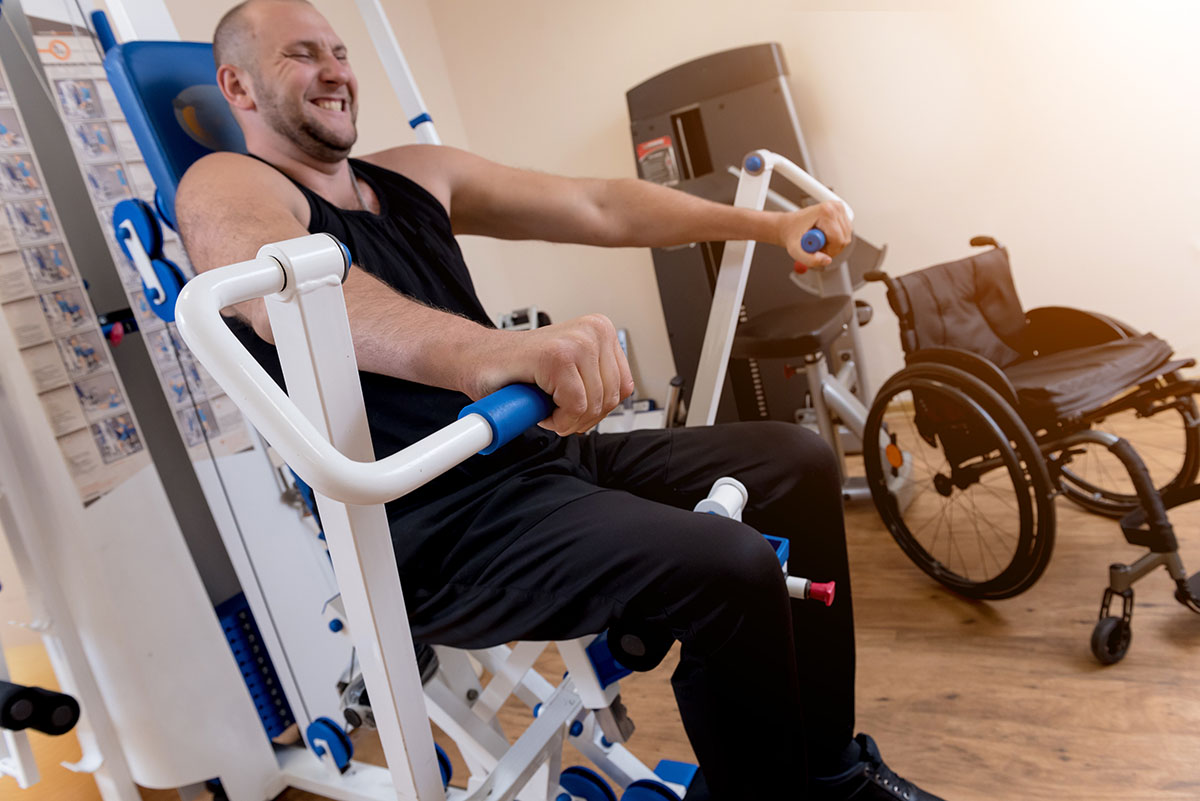
What is TRT?
Definition and Purpose
Testosterone therapy involves the administration of testosterone to treat conditions caused by low levels of this hormone. Its primary purpose is to restore testosterone levels to a normal range, which can help alleviate symptoms associated with testosterone deficiency.
Types of Testosterone Therapy
- Gels and patches: Applied directly to the skin.
- Injections: Administered directly into the muscles.
- Pellets: Implanted subcutaneously, releasing testosterone over time.
Who Needs Testosterone Therapy?
Testosterone therapy is typically recommended for individuals who have been diagnosed with low testosterone levels, a condition known as hypogonadism. This therapy is crucial for those experiencing symptoms like fatigue, muscle loss, and decreased libido, which can significantly impact quality of life.
Preparing for Testosterone Therapy
Initial Consultation
Before beginning testosterone therapy, patients typically undergo an initial consultation at specialized clinics like MensTclinic or TRT Nation. During this consultation, healthcare providers assess the patient’s medical history, current health status, and specific symptoms related to testosterone deficiency. This step is crucial to determine the appropriateness of testosterone therapy for each individual.
Required Medical Tests
To ensure the safety and effectiveness of testosterone therapy, several medical tests are required:
- Blood tests to measure baseline testosterone levels and other relevant hormones.
- Liver and kidney function tests to assess overall health.
- A complete blood count (CBC) to check for blood-related issues.
These tests help in crafting a personalized treatment plan and monitoring the therapy’s impact over time.
Setting Realistic Expectations
It is important for patients to have realistic expectations about the outcomes of testosterone therapy. Healthcare providers at clinics like MensTclinic and TRT Nation emphasize that while testosterone therapy can significantly improve symptoms like low energy, mood disturbances, and decreased muscle mass, it is not a cure-all solution. Patients are advised to maintain a healthy lifestyle alongside the therapy to maximize its benefits.
The Treatment Process
Administration Methods
Testosterone therapy can be administered in several ways, each with its own benefits and considerations. Common methods include injections, topical gels, patches, and oral medications. The choice of administration method depends on the patient’s preference, ease of use, and the specific medical advice from healthcare providers.
Duration of Therapy
The duration of testosterone therapy varies depending on the individual’s health needs and response to treatment. Typically, therapy may last from a few months to indefinitely, as long-term maintenance might be necessary to sustain the desired hormone levels.
Monitoring Progress
Regular monitoring is crucial to ensure the effectiveness and safety of testosterone therapy. Patients will typically undergo periodic blood tests to measure hormone levels and adjust treatment as needed. Healthcare providers will also monitor for any side effects and make necessary adjustments to the treatment plan. Regular consultations and check-ups provide an opportunity to discuss any concerns or changes in symptoms with the healthcare provider.
Potential Side Effects
Common Side Effects
During testosterone therapy, patients may experience a range of common side effects. These include:
- Acne and oily skin
- Increased body hair
- Mood swings and irritability
- Increased red blood cell count, which can lead to complications
It’s important for patients to report these side effects to their healthcare provider, such as those at Huddle Men’s Health, who can offer guidance and adjustments to the treatment plan if necessary.
Long-term Risks
Long-term risks associated with testosterone therapy can be significant and include:
- Cardiovascular issues such as heart attacks and strokes
- Prostate gland enlargement
- Potential for contributing to sleep apnea
Patients should undergo regular monitoring to mitigate these risks, and any concerns should be discussed with a healthcare professional.
Managing Side Effects
To manage the side effects of testosterone therapy effectively, patients are advised to:
- Maintain regular follow-up appointments to monitor side effects and adjust the treatment as needed.
- Communicate openly with their healthcare provider about any side effects experienced.
- Follow lifestyle advice on diet, exercise, and stress management to alleviate some of the side effects.
By taking these steps, patients can help ensure a safer and more effective treatment outcome.
Lifestyle Considerations
Diet and Nutrition
A balanced diet is crucial during testosterone therapy. Patients should focus on:
- High-quality proteins from lean meats, fish, and legumes
- Healthy fats from sources like avocados, nuts, and seeds
- Complex carbohydrates from whole grains and vegetables
Incorporating a variety of nutrients helps support hormone production and overall health.
Exercise and Activity
Regular physical activity is recommended to enhance the effects of testosterone therapy. Activities should include:
- Strength training to help build muscle mass
- Cardiovascular exercises to improve heart health
- Flexibility exercises to maintain joint health and mobility
Exercise routines should be tailored to individual fitness levels and medical advice.
Mental Health Support
Testosterone therapy can impact mental health, making support essential. Patients are encouraged to:
- Seek regular counseling or therapy sessions
- Engage in stress-reducing activities like yoga or meditation
- Maintain a strong social support network
Resources for mental health can often be found through local health services or online platforms like Wikipedia.
Adjustments and Optimization
During the course of testosterone therapy, adjustments and optimization are crucial to ensure the treatment remains effective and safe. Tailoring the therapy to individual needs helps in achieving the desired outcomes while minimizing potential risks.
Dosage Adjustments
- Initial Dosage: The starting dose is carefully chosen based on individual health profiles.
- Response Evaluation: Regular monitoring helps in assessing the response to the therapy.
- Dosage Modification: Depending on the response, the dosage may be adjusted to achieve optimal levels.
Adding or Removing Treatments
- Combination Therapies: Sometimes, additional treatments may be necessary to enhance the effectiveness of testosterone therapy.
- Reassessment: Continuous evaluation may lead to the addition of new treatments or the discontinuation of current ones.
- Customization: Each patient’s treatment plan is customized based on their ongoing health status and therapy outcomes.
Evaluating Therapy Efficacy
- Periodic Assessments: Regular assessments are essential to determine the effectiveness of the therapy.
- Adjusting Goals: As patients progress, therapy goals may need to be adjusted to align with their current health status.
- Feedback Incorporation: Patient feedback is crucial in optimizing therapy, ensuring it meets their needs and expectations.
For more detailed guidance on testosterone therapy adjustments, readers can visit MensHealth.Com, which offers comprehensive resources and expert advice.
Legal and Ethical Considerations
Prescription Regulations
In the realm of testosterone therapy, strict prescription regulations ensure that treatment is both safe and appropriate for patients. These regulations help prevent misuse and ensure that only qualified individuals receive therapy under medical supervision.
Ethical Use of Hormones
The ethical use of hormones, particularly in competitive environments such as sports, is a critical consideration. It involves adhering to fair play principles and ensuring that hormone therapy is used solely for medical purposes and not for performance enhancement.
Privacy and Confidentiality
Maintaining patient privacy and confidentiality is paramount in testosterone therapy. Medical professionals must safeguard personal health information, ensuring that details of a patient’s treatment are disclosed only with explicit consent and within legal frameworks.



